Wildlife photography demands more than technical skill and expensive equipment—it requires being in the right place when nature decides to reveal its most compelling moments. The difference between a snapshot and a prize-winning image often comes down to location, where animal behavior, lighting conditions, and accessibility align to create extraordinary opportunities.
Professional photographers spend years identifying locations where wildlife concentrations, predictable behavior patterns, and optimal shooting conditions converge. Here is a list of 17 destinations that consistently deliver wildlife photography opportunities that separate amateur snapshots from portfolio-worthy images.
Maasai Mara, Kenya
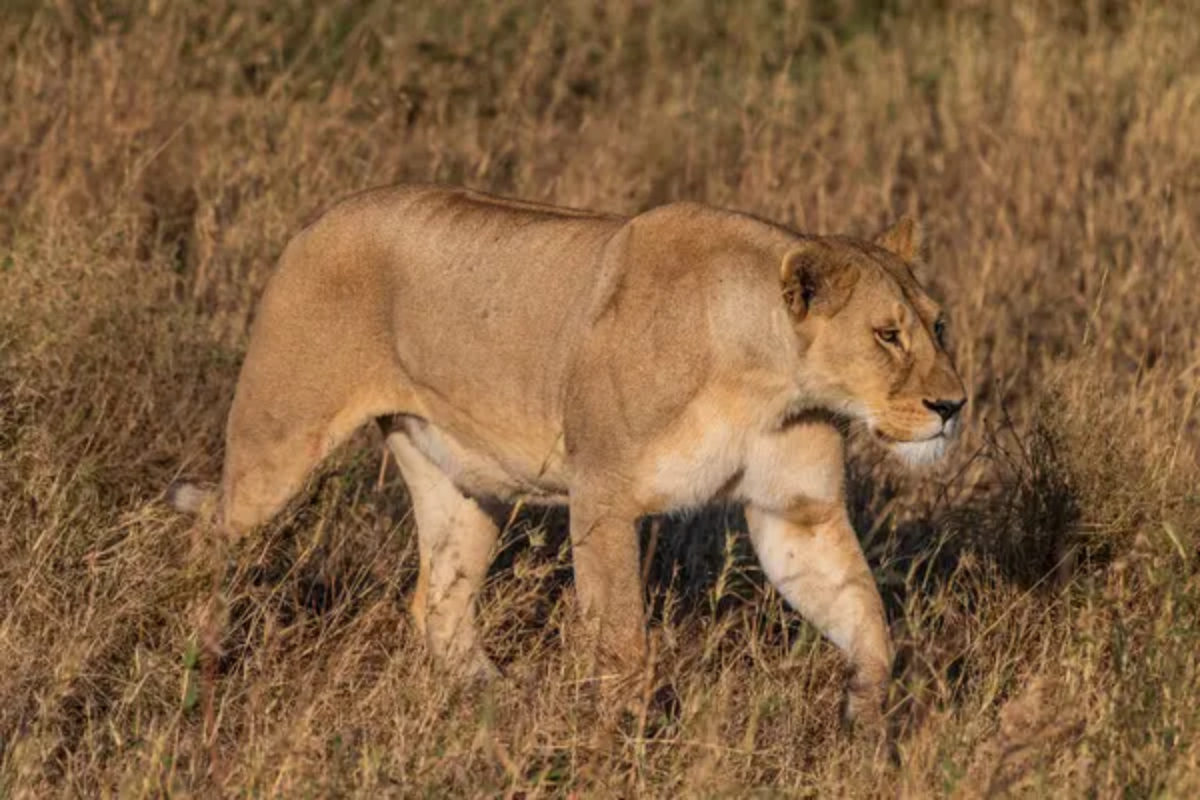
The annual wildebeest migration transforms this East African savanna into nature’s greatest spectacle, with over two million animals creating endless photographic opportunities. River crossings provide dramatic action shots as crocodiles wait in the water while thousands of hoofed animals plunge across, creating scenes of chaos and survival that define wildlife photography.
The open grasslands allow for unobstructed views of big cats hunting, while acacia trees provide natural framing for portraits of giraffes and elephants.
Yellowstone National Park, USA

North America’s first national park offers year-round wildlife photography opportunities, from grizzly bears fishing for salmon to wolves hunting elk across snow-covered meadows. The park’s geothermal features create unique environments where animals gather during winter months, providing shooting opportunities unavailable elsewhere.
Bison herds moving through steaming hot springs and elk silhouetted against geyser eruptions create images that combine wildlife with the park’s distinctive geological features.
Like Travel Pug’s content? Follow us on MSN.
Churchill, Manitoba
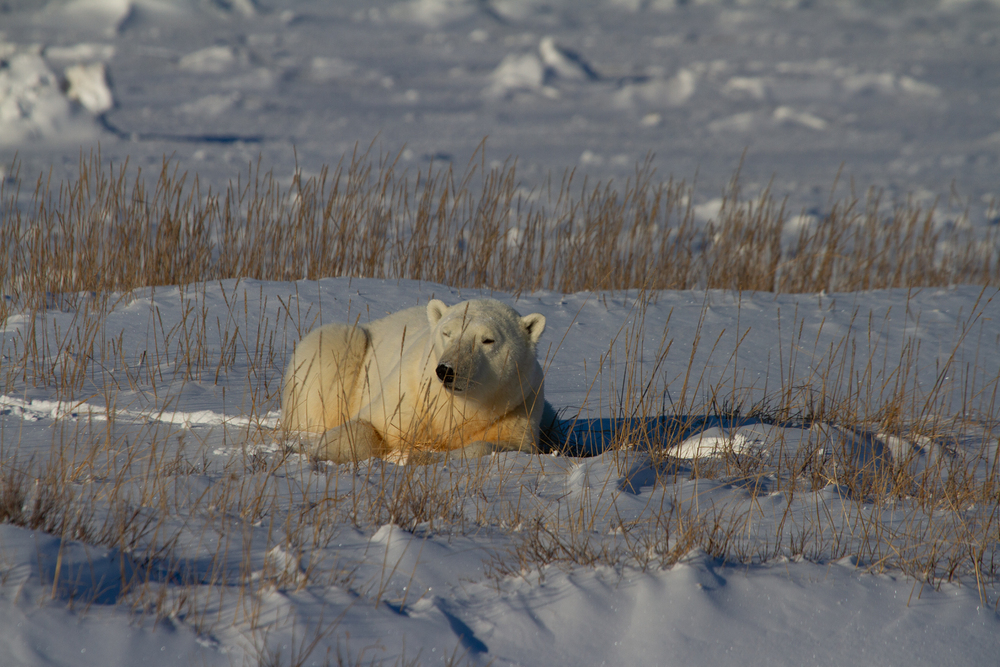
The polar bear capital of the world provides access to these Arctic predators during their most photogenic season when they gather along Hudson Bay, waiting for sea ice to form. Specialized tundra vehicles allow photographers to approach within safe distances while bears exhibit natural behaviors like sparring, nursing cubs, and hunting.
The stark tundra landscape creates minimalist compositions that emphasize the bears’ massive size and pristine white coats against endless horizons.
Pantanal, Brazil

The world’s largest tropical wetland hosts the highest concentration of jaguars on Earth, offering unparalleled opportunities to photograph these elusive big cats in their natural habitat. The seasonal flooding creates a unique ecosystem where caimans, giant otters, and hundreds of bird species concentrate in relatively small areas.
Boat-based photography expeditions allow for eye-level shots of swimming jaguars and close encounters with giant anteaters, capybaras, and hyacinth macaws.
Ranthambore National Park, India
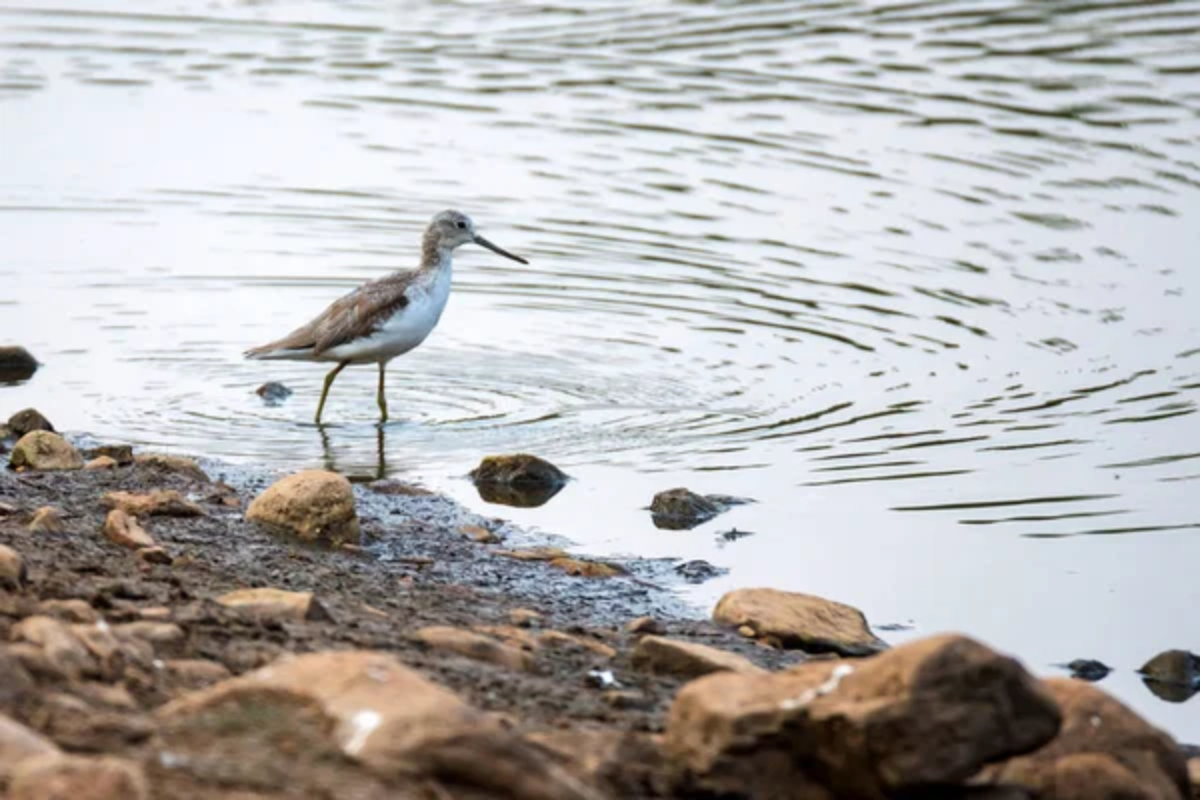
This former royal hunting ground now protects one of India’s most photographable tiger populations, where these magnificent cats have adapted to human presence and exhibit natural behaviors during daylight hours. Ancient ruins scattered throughout the park provide dramatic backdrops for tiger portraits, while water holes create predictable gathering spots during the dry season.
The park’s relatively open terrain allows for clear shots of tigers hunting, grooming, and interacting with their cubs.
Like Travel Pug’s content? Follow us on MSN.
Svalbard, Norway
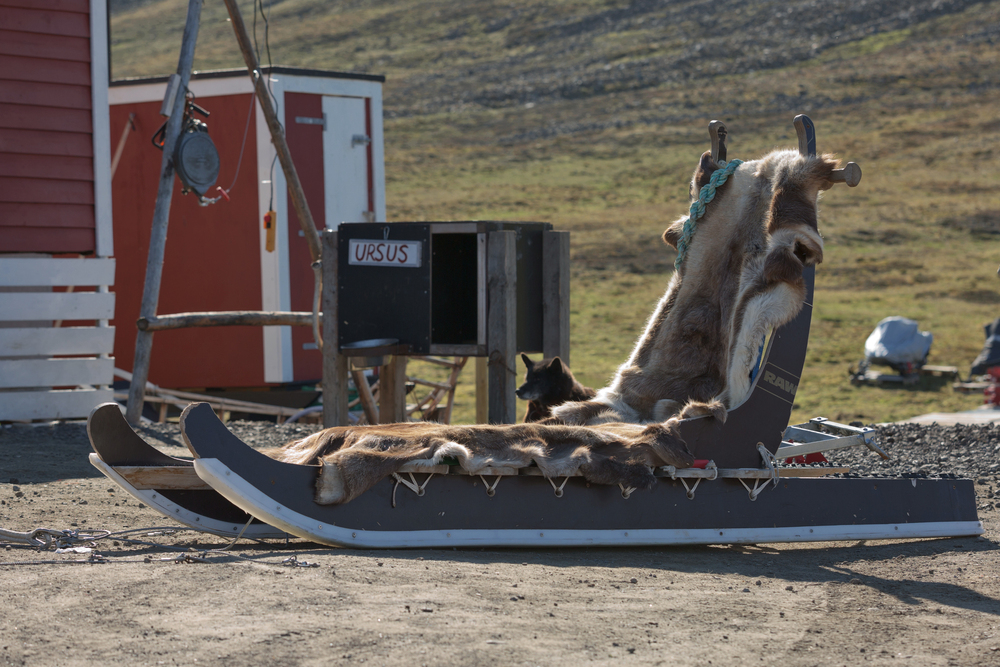
The Arctic archipelago offers access to polar wildlife in its pristine environment, where the midnight sun during summer months provides golden hour lighting that lasts for hours. Walruses hauled out on beaches, Arctic foxes hunting among tundra flowers, and seabirds nesting on towering cliffs create diverse shooting opportunities.
Zodiac boat expeditions allow photographers to approach wildlife from the water, often resulting in more natural behavior than land-based encounters.
Torres del Paine, Chile

Patagonia’s dramatic landscape provides a stunning backdrop for wildlife photography, where guanacos graze beneath towering granite spires and condors soar on thermals rising from glacial lakes. The park’s varied ecosystems support pumas, foxes, and over 100 bird species, while the Southern Hemisphere’s intense light creates vivid colors and sharp contrasts.
Wind-sculpted trees and ancient glaciers provide unique compositional elements that distinguish Patagonian wildlife images from those taken elsewhere.
Kruger National Park, South Africa

One of Africa’s oldest game reserves offers predictable wildlife viewing opportunities across diverse ecosystems, from dense bushveld to open grasslands and riverine forests. The park’s extensive road network allows photographers to position themselves for optimal lighting while large predator populations ensure frequent sightings of lions, leopards, and cheetahs.
Waterholes become natural photography blinds during the dry season, concentrating animals and creating opportunities for dramatic interaction shots.
Like Travel Pug’s content? Follow us on MSN.
Galápagos Islands, Ecuador

These volcanic islands support unique wildlife that has evolved without fear of humans, allowing photographers to capture intimate portraits of marine iguanas, giant tortoises, and blue-footed boobies from remarkably close distances. The isolation that drove evolution also eliminates many distractions from compositions, creating clean backgrounds that emphasize the animals themselves.
Underwater photography opportunities include swimming with sea lions, marine iguanas, and penguins in crystal-clear volcanic waters.
Bosque del Apache, New Mexico
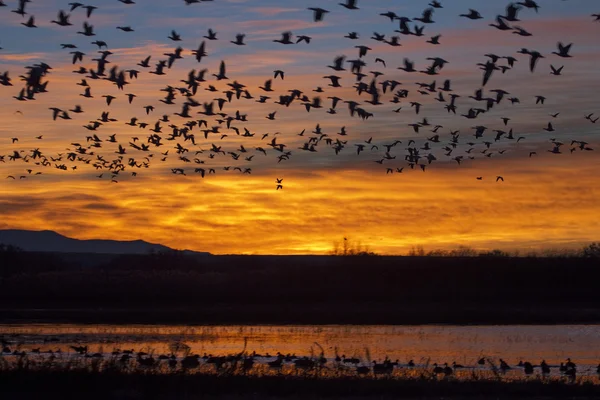
This desert wetland serves as a critical stopover for migrating waterfowl, creating one of North America’s most reliable bird photography destinations during winter months. Thousands of sandhill cranes gather at dawn and dusk, providing opportunities for silhouette shots and flight photography as flocks move between roosting and feeding areas.
The refuge’s managed water levels create ideal conditions for wading birds, while surrounding desert mountains provide dramatic backdrops for wildlife portraits.
Madagascar
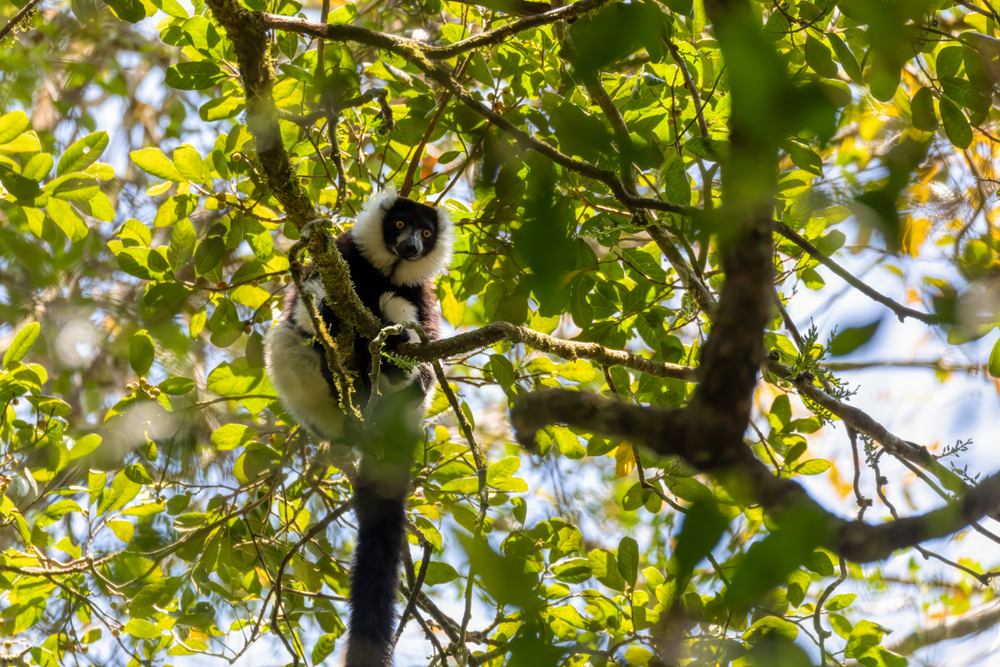
The world’s fourth-largest island evolved in isolation, creating unique wildlife found nowhere else on Earth and offering photographers access to species that define exotic wildlife imagery. Lemurs ranging from tiny mouse lemurs to dinner-plate-sized indris provide endless portrait opportunities, while chameleons, fossas, and over 250 bird species create diverse shooting possibilities.
The island’s varied landscapes, from rainforests to spiny deserts, provide distinctly different environments for showcasing Madagascar’s endemic species.
Like Travel Pug’s content? Follow us on MSN.
Antarctic Peninsula
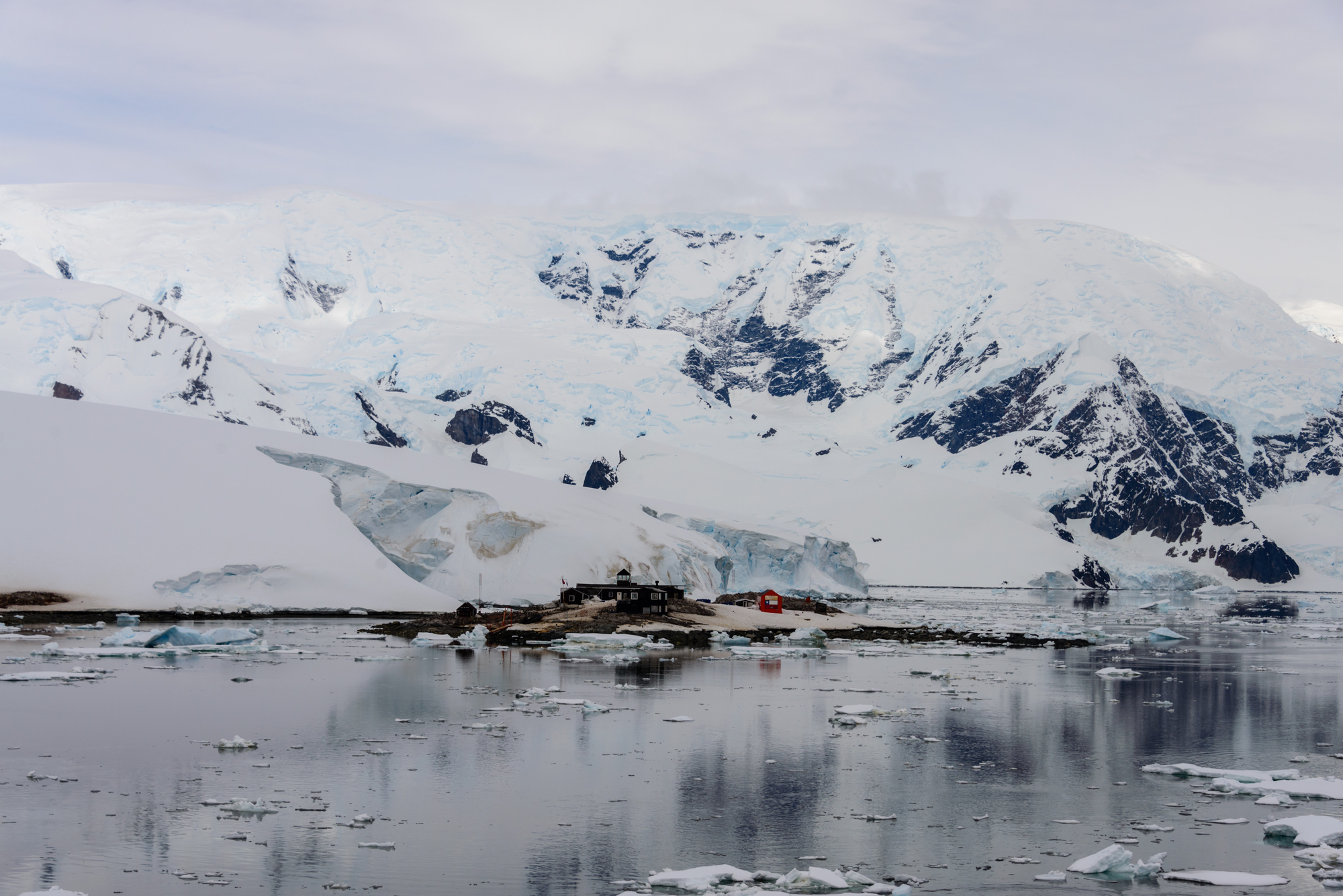
The white continent offers wildlife photography opportunities unavailable anywhere else, where penguin colonies numbering in hundreds of thousands create scenes of organized chaos against pristine ice landscapes. Leopard seals, orcas, and various whale species provide marine photography opportunities, while the 24-hour daylight during Australian summer eliminates time constraints on shooting schedules.
The stark black-and-white color palette of the Antarctic environment creates naturally dramatic compositions that emphasize form and behavior over colorful plumage.
Katmai National Park, Alaska

Brooks Falls becomes a natural amphitheater during salmon runs, where brown bears gather in extraordinary concentrations to fish, creating unparalleled opportunities for action photography. The elevated viewing platforms allow photographers to capture bears catching leaping salmon from above, while the rushing water provides natural motion blur effects.
Individual bears return to the same fishing spots annually, allowing photographers to document recognizable animals and their fishing techniques over multiple visits.
Okavango Delta, Botswana

This massive inland delta creates a unique wetland ecosystem where traditional African wildlife adapts to an aquatic environment, resulting in unusual photographic opportunities like elephants swimming between islands. Mokoro (dugout canoe) safaris allow photographers to approach animals from the water level, often resulting in more intimate encounters than vehicle-based game drives.
The seasonal flooding creates temporary islands where predators and prey concentrate, increasing interaction opportunities during the dry season.
Like Travel Pug’s content? Follow us on MSN.
Raja Ampat, Indonesia
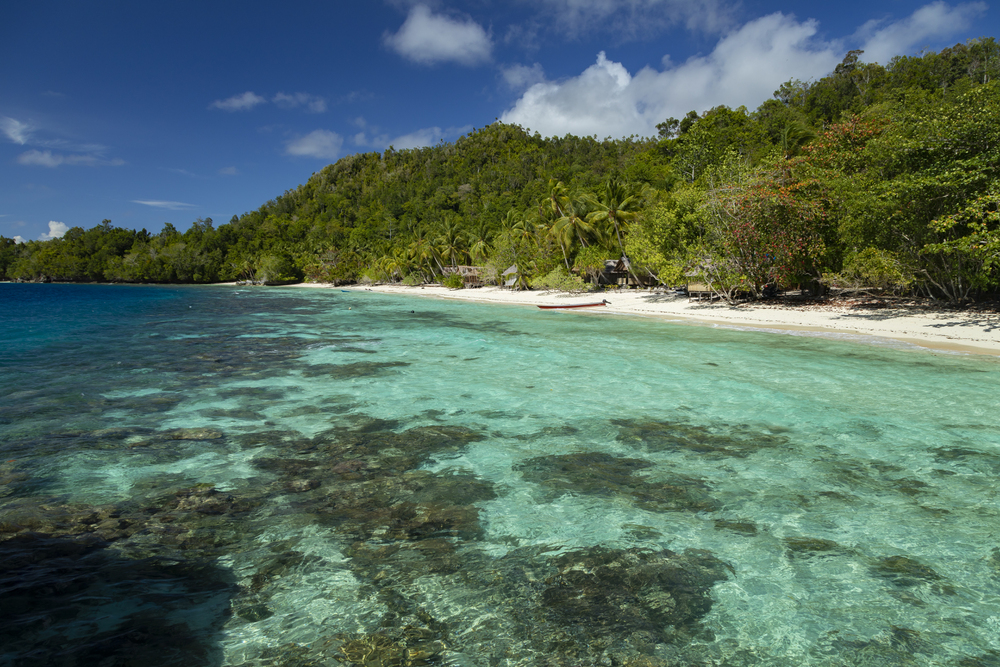
Known as the ‘Crown Jewel of Marine Biodiversity,’ these remote islands offer underwater photography opportunities that surpass almost anywhere else on Earth. The convergence of Pacific and Indian Ocean currents creates marine environments supporting over 1,500 fish species and 600 coral species in a relatively small area.
Manta ray cleaning stations, schools of barracuda, and walking sharks provide unique underwater subjects, while the pristine coral reefs create colorful backdrops for macro photography.
Borneo

The island’s ancient rainforests support orangutans, proboscis monkeys, and pygmy elephants while offering canopy walkways and river cruises that provide varied perspectives for wildlife photography. Sepilok Orangutan Rehabilitation Centre allows close encounters with these great apes during feeding times, while Kinabatangan River cruises reveal wildlife that’s difficult to observe in dense forest environments.
The diversity of habitats, from mangroves to mountain forests, creates opportunities to photograph dramatically different species within relatively small geographic areas.
Serengeti, Tanzania

The endless plains of East Africa provide classic safari photography opportunities where the ‘Big Five’ roam across landscapes that define the African wilderness experience. The annual migration brings together the largest movement of animals on Earth, creating opportunities for wide-angle shots that capture the scale of nature’s greatest spectacle.
Kopjes (rocky outcroppings) serve as natural blinds where big cats rest during the midday heat, often allowing photographers to capture relaxed portraits of lions and cheetahs with expansive savanna backgrounds.
Like Travel Pug’s content? Follow us on MSN.
Capturing Nature’s Authentic Moments

These destinations succeed not just because they host remarkable wildlife, but because they offer the combination of animal abundance, predictable behavior, and shooting conditions that transform fleeting encounters into lasting images. Each location provides something different—whether that’s the intimate scale of Galápagos wildlife or the epic scope of Serengeti migrations—but all share the essential ingredient that separates good wildlife photography from great wildlife photography: the opportunity to document authentic wild behavior in environments where nature still follows its ancient rhythms.
The best wildlife photographs don’t just show us animals; they reveal the complex relationships, survival strategies, and raw beauty that define life in the wild.
More from Travel Pug

- 20 Best Beach Towns in the Carolinas
- 13 Destinations Where Tourists Regularly Regret Their Trip
- 20 Destinations That Are More Magical Without an Itinerary
- 20 Underrated Adventures That Belong on Your Travel List
- 20 Cities Where You Should Just Wing It, No Planning Required
Like Travel Pug’s content? Follow us on MSN.
